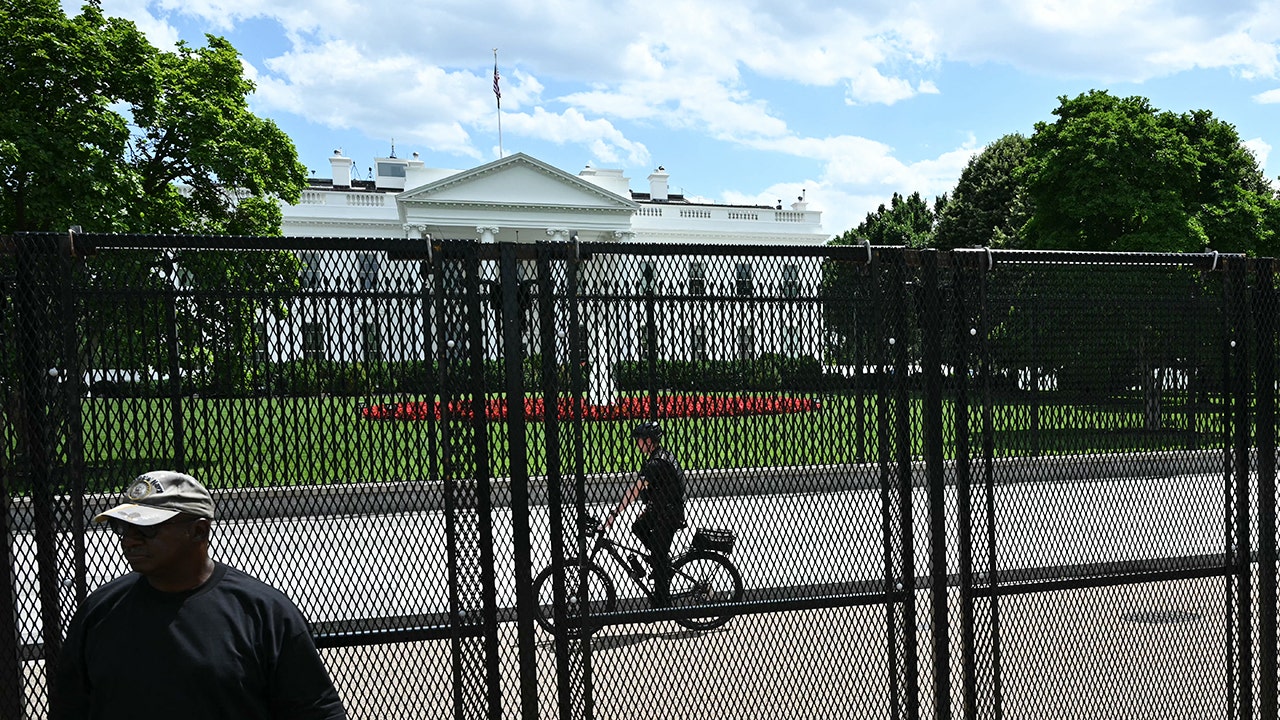Minnesota
Match Preview presented by DigAlert: LA Galaxy at Minnesota United FC | May 15, 2024 | LA Galaxy

Following a 2-2 come-from-behind draw against Real Salt Lake before a sell-out crowd of 25,220 fans at Dignity Health Sports Park on May 11, the LA Galaxy improved to 5-2-5 (20 points) during the 2024 campaign. In five matches played at home this season, the LA Galaxy hold an unbeaten record of 2-0-3 (11 GF, 9 GA). During the LA Galaxy’s five games played at Dignity Health Sports Park during the 2024 MLS Regular Season, the Galaxy have been averaging 25,221 fans per match. In seven road matches played during the 2024 MLS Regular Season, the LA Galaxy hold a record of 3-2-2 (12 GF, 10 GA).
Wednesday’s match marks the 15th meeting across all competitions between LA and Minnesota United FC, with the Galaxy leading the all-time series 7-3-4. Against Minnesota, LA holds a 6-3-4 record in league play and a 1-0-0 record in the MLS Cup Playoffs. The Galaxy held a 1-1-0 record (6 GF, 8 GA) against Minnesota in two regular-season meetings during the 2023 campaign. In eight all-time road matches played across all competitions against Minnesota United, LA holds a 4-2-2 record. In the last meeting between the two teams at Allianz Field, the Galaxy fell 5-2 to the Loons on Oct. 7, 2023.

Minnesota
Natalie Darwitz is out as GM of Minnesota after building PWHL's first championship team

Natalie Darwitz’s tenure is over as general manager of the PWHL champion Minnesota franchise following an internal and external review, vice president of hockey operations Jayna Hefford said Saturday.
Without going into detail on the findings, which included input from players and staff, Hefford called the decision a difficult but eventually necessary one for the betterment of the PWHL.
“The feedback to us was pretty direct and pretty clear that there wasn’t a path forward with the current personnel in place,” Hefford said during a Zoom interview with select members of the media. “It was with the work we did throughout the year, and it was clear that a change needed to be made.”
Hefford said the decision involved more than one person and was part of a year-long process, when asked whether a rift escalated over the season between Darwitz and coach Ken Klee.
The decision to part ways with Darwitz is solely the PWHL’s because it operates all six franchises and employs its staff and coaches.
A person familiar with the situation confirmed a report by The Athletic of a rift between Darwitz and Klee, while adding team captain Kendall Coyne Schofield had sided with the coach. The person also said members of the PWHL’s human resources department met with Minnesota players last month regarding Darwitz’s managing style.
The person spoke on the condition of anonymity because the league did not reveal those details.
Minnesota coach Ken Klee watches a video screen during a challenge in the second period of Game 2 of a PWHL hockey championship series against Boston, Tuesday, May 21, 2024, in Lowell, Mass. Credit: AP/Mark Stockwell
Klee declined to comment in a text to The AP. He will continue his role as coach, and serve as interim GM in overseeing Minnesota’s selections in the draft on Monday.
The decision to remove Darwitz is both stunning in timing and significance following the completion of the PWHL’s first season.
Darwitz assembled the team that won the PWHL’s first championship with a 3-0 win over Boston in a decisive Game 5 on May 29. Minnesota reached the final by rallying from a 2-0 first-round series deficit to beat regular-season champion Toronto in a best-of-five playoff final. Darwitz’s dismissal also comes days before Minnesota hosts the PWHL’s second draft on Monday.
The 40-year-old Darwitz is one of the more recognized faces of Minnesota hockey. From St. Paul, she’s a three-time U.S. Olympian, three-time world champion and was part of a University of Minnesota team that won consecutive NCAA titles in 2004 and ’05.
This year, she was inducted into the International Ice Hockey Federation’s hall of fame.
“We completely recognize the iconic status of Natalie Darwitz in the state of Minnesota. Her incredible contributions, to the PWHL, to building a championship team,” Hefford said. “And this is certainly not something that we could have foreseen happening or wanted to happen. But it has led to us and Natalie parting ways.”
Klee is a former NHL defenseman who had experience coaching U.S. national women’s teams. He took over as Minnesota coach in late December to replace Charlie Burggraf, who stepped down citing family reasons.
Klee had previously been a finalist for both a PWHL coaching and GM position.
Darwitz was hired in September and signed a one-year contract, which was standard for each of the centralized league’s six GMs and coaches. She then stocked her lineup with a distinct local flavor and representative of Minnesota’s hockey-rich roots.
Minnesota
Study to use trail cameras for research on northern Minnesota deer
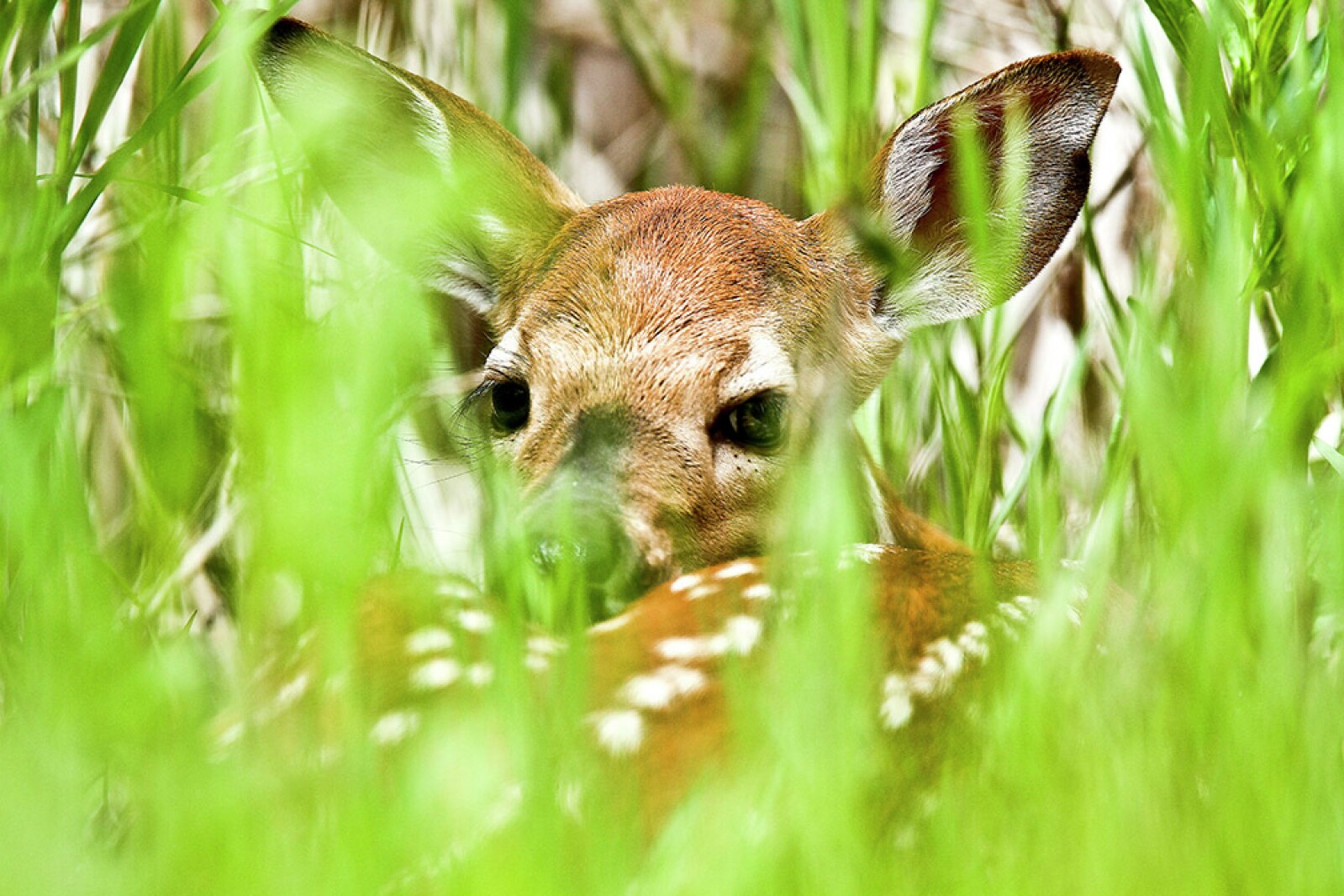
GRAND RAPIDS — The Minnesota Department of Natural Resources wants a better handle on the deer population in northeastern and north-central areas of the state and is starting a three-year research project to get the answers.
DNR wildlife researchers will be placing trail cameras across a broad swath of St. Louis, Itasca and Cass counties, with a bit of Beltrami and Aitkin counties included in the study area as well — deer management units 169, 176, 177, 178, 197 and 679.
In the coming weeks, some private landowners will receive letters from the DNR requesting permission to put a camera on their property so the DNR can get results from a mix of public and private land across the region.
Gary Meader / Duluth Media Group
Landowners who receive the letter are asked to respond as soon as possible.
“One of the things we want to know is if there’s a different distribution of deer on private land compared to public land,” said Eric Michel, DNR wildlife biologist leading the project. “Across this study area, it’s almost 50/50 public to private land ownership.”
There will be 40 cameras placed at random locations across the entire study area, each taking photos every five minutes from July through August. The DNR will then pick up the cameras before hunting seasons begin. The cameras will be moved to different locations in 2025 and 2026.
Computer programs using artificial intelligence will be used to sift through the tens of thousands of time-lapse images and come up with estimates on not only the overall population of those areas but also the ratio of bucks to does and does to fawns.
“By July, the bucks are starting to grow antlers, the fawns are moving around more, but they still have spots, so we can differentiate between adult does, bucks and fawns pretty easily,” Michel said.

Steve Kuchera / 2018 file / Duluth Media Group
The time-lapse camera research technology and methodology were successfully used in earlier test studies conducted in 2021 and 2023, but this is the first time Minnesota DNR researchers have used it on a broad scale, Michel said.
Traditional deer population modeling relies heavily on hunter-harvest data and computer modeling. The camera project will provide additional data to increase confidence in making management decisions in the study area.
Some DNR wildlife managers have noted that deer in forested parts of the state seem to congregate near areas with at least some agricultural fields, if available, which may bring more deer onto private land.
The camera study, with results expected by 2027, could also help determine if the DNR should issue antlerless permits based on land ownership, potentially with more permits offered on private land if more deer are located there. Wisconsin already issues doe tags separately for public and private land.
“That’s one theory. But we really don’t know yet whether more deer are on private land in this area,” Michel said.
Deer across much of Northeastern Minnesota have been hit hard over the past decade, with seven of the past 10 winters being extremely harsh, with deep snow likely causing higher than normal deer mortality. That’s caused a big drop in the deer population, reduced antlerless permits available to hunters, and cut hunter success by half or more in some areas, especially north of Duluth, where the state’s heaviest snowfall occurs.
The record warm and snowless winter of 2023-24 should help the region’s deer to recover some, although several mild winters will be needed for deer populations to fully rebound to the all-time record levels of the early 2000s.
Meanwhile, deer in the Northland face ongoing issues of reduced habitat quality and predation by wolves year-round. In June, newborn fawns are also eaten by black bear and bobcat.
“One of the reasons we want to get three years of data is to compare the impact of winter on (deer) abundance,” Michel said. “We’re probably going to see at least one of the three study seasons come after a winter that’s higher on the winter severity index.”
Michel said that deer management unit 678 around Grand Rapids has seen the region’s only deer that tested positive for chronic wasting disease. Increased data on deer numbers in that area should help the DNR monitor any spread of the always fatal disease.
Meanwhile, DNR officials in Minnesota and Wisconsin remind people to leave any newborn fawns they find alone. It’s common for does to leave their fans alone for long periods each day, but they almost always return, and there’s usually no need for any human intervention.
John Myers reports on the outdoors, natural resources and the environment for the Duluth News Tribune. You can reach him at jmyers@duluthnews.com.
Minnesota
New Minnesota law allows adoptees to get original birth records

New Minnesota adoption law begins in July
Beginning July 1, adoptees born in Minnesota can get a copy of their original birth records, which show their name at birth and place at birth and the names of their biological parents.
ST. PAUL, Minn. (FOX 9) – Growing up, Joe Duea knew he was adopted, but he never knew his birth mother.
He always assumed when he turned 18, he could get his original birth records, but that won’t be the case until next month.
“Super excited to actually see it on an official document, which would be a pretty amazing thing to me,” Duea told FOX 9.
Beginning July 1, adoptees born in Minnesota can get a copy of their original birth records, which show their name at birth and place at birth and the names of their biological parents.
Under current law, birth parents can fill out an affidavit to decide whether to provide or restrict access to those records, but the affidavits will expire at the end of the month.
“I think it’s highly important in a sense to help with their identity and the fact that their story is their story and I guess, it’s nice to be able to tell it a little bit more fully,” Duea said.
Once the new law goes into effect, people who place children up for adoption will be able to fill out a new form indicating whether they want to be contacted, contacted through an intermediary or not contacted at all.
But those preferences won’t prevent adoptees from getting their birth records.
“We’re not out to harm anybody. We’re not to make anybody’s lives difficult. We just want to know where we came from,” Duea said.
Duea was able to track down his mother using DNA and Ancestry.com, but only after she was 10 years into dementia.
He says learning part of his backstory was important to him and his family and he believes the new law will make it easier for other adoptees to do the same.
“I think actually just having some of that history, or at least pathway back to where I came from is great. It’s gigantic,” Duea said.
Minnesota will become the 15th state to have unrestricted access to birth records.
-

 News1 week ago
News1 week agoVideo: Two Giant Pandas Will Head to D.C.’s National Zoo From China
-

 Movie Reviews1 week ago
Movie Reviews1 week agoFilm Review: 'Robot Dreams' is a Breathtakingly Beautiful Work of Art – Awards Radar
-

 World1 week ago
World1 week agoCould a left-nationalist party emerge in the next EU parliament?
-

 Movie Reviews1 week ago
Movie Reviews1 week agoSummer Camp (2024) – Movie Review
-

 Movie Reviews1 week ago
Movie Reviews1 week agoRobot Dreams (2023) – Movie Review
-
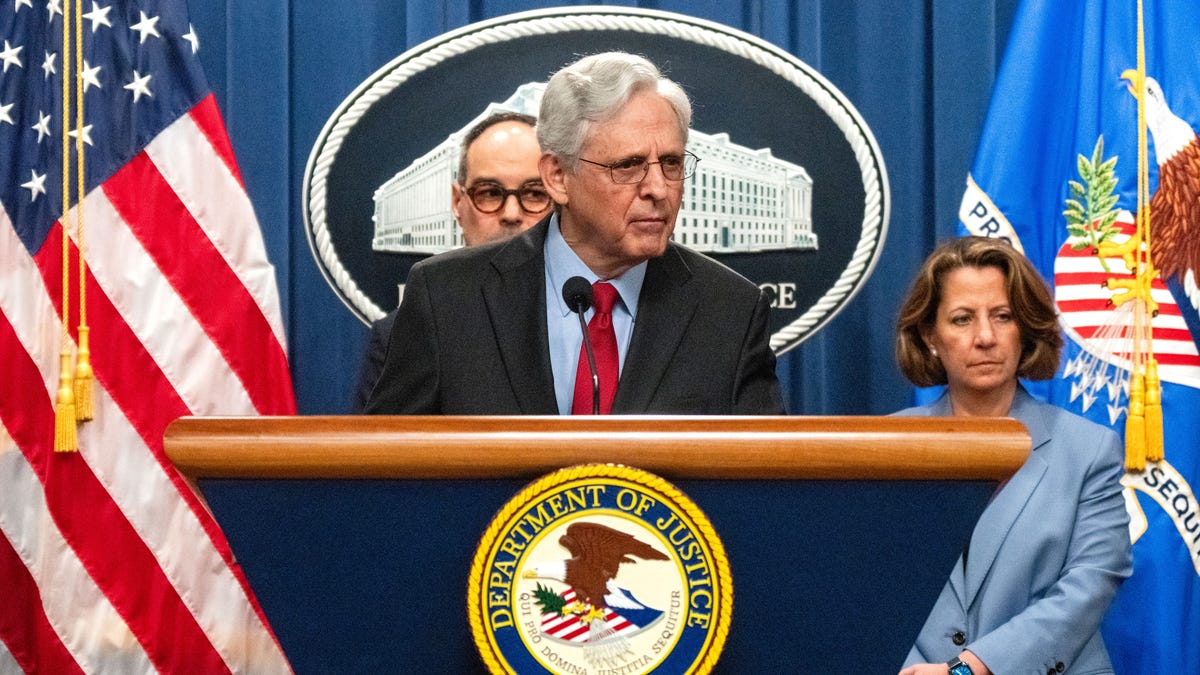
 News1 week ago
News1 week agoChinese national charged with operating ‘world’s largest botnet’ linked to billions in cybercrimes
-

 News1 week ago
News1 week agoRFK's voters know they're not electing the next president. They're with him anyway
-

 World1 week ago
World1 week agoSpain passes bill granting amnesty to Catalan secessionists
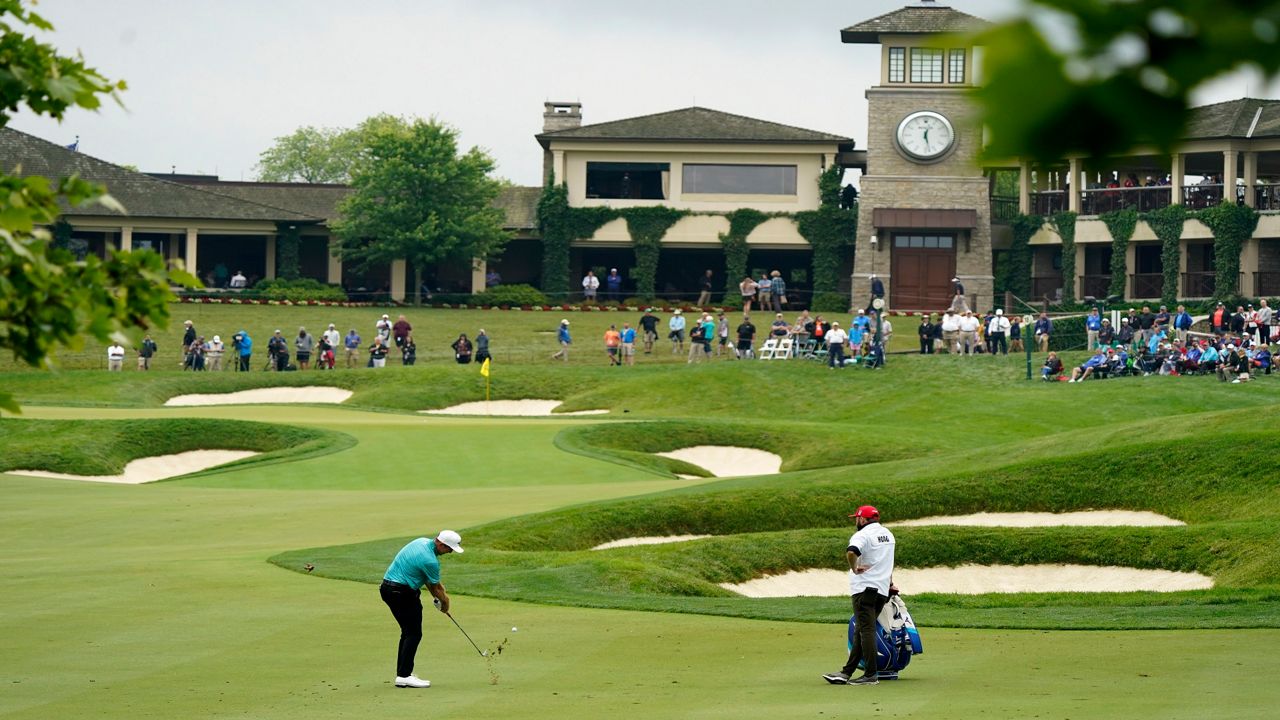




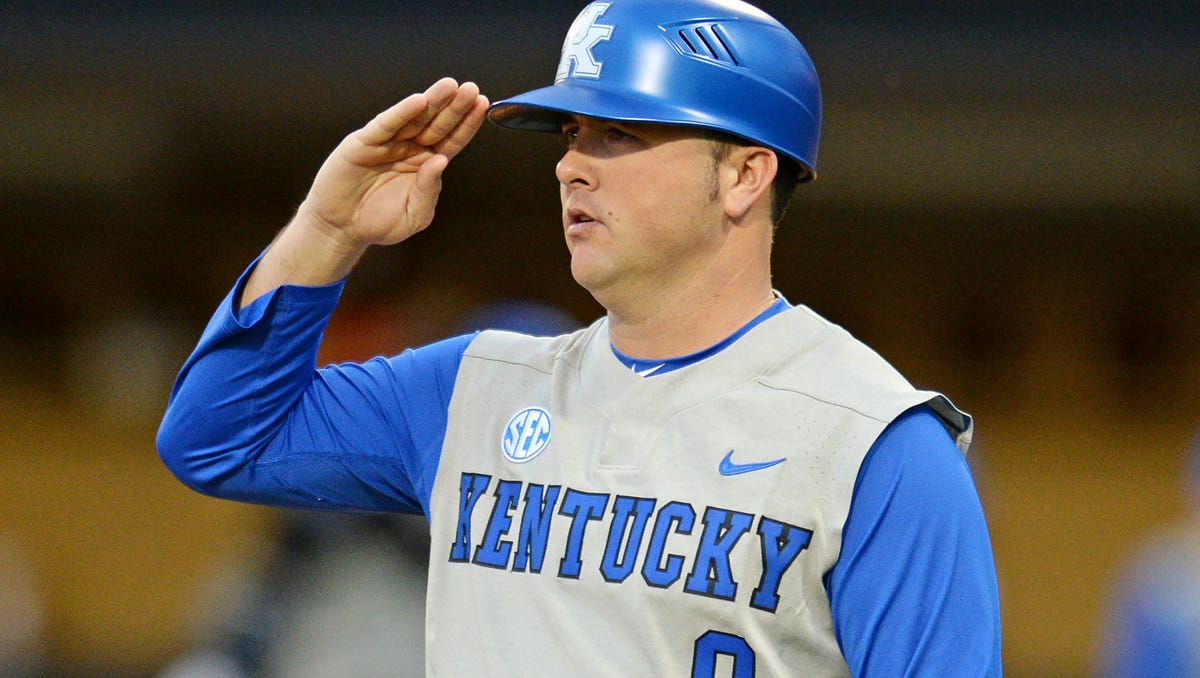




:format(url)/cloudfront-us-east-1.images.arcpublishing.com/baltimorebanner/W4GIXJACN5GE7GS5YB7K6WQBDY.jpg)





